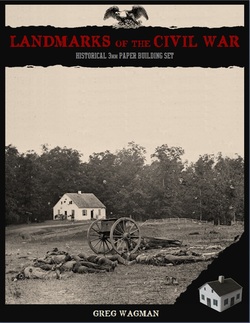In 50 some years of gaming I have played games on the floor, on various domestic tables but only once have I had a bespoke gaming board, It was awful and I'm not just saying that, look for yourself.!
 |
| After the contours came off - ugh that green...just ugh! |
I built a set of contoured boards to create a 3D table for Bussaco (my only serious attempt to get onto Napoleonic's)back in 2007. I ultimately only used a part of the full four part board and I only used that the once. As a result four 2' x 4' MDF boards have sat unused in a succession of garages and sheds for over a decade. I stripped the polystyrene ceiling tile hills off the boards and last weekend I started work on the gaming board. I have two 6' folding banquet tables that I bought about 5 years ago for gaming use, which will be the supporting structure for the new table. I intend to lay the boards over these for games so all I need to do is create the table top. The plan is for everything to pack down into a small space when not in use. The four boards will slot together and of course folding banquet tables fold up.
Here is how I did it, and trust me If I can do this anyone can do it. It helps to have the right tools but it doesn't require a huge amount of skill. On the subject of tools I used an electric drill, an electric screwdriver, some clamps, a mitre saw and block and one of those trigger gun applicators for the tube of glue plus an adjustable try square and a tape measure. So not beyond the average home toolkit I don't think.
The MDF boards were pretty badly warped so I needed to use timber battens to pull them back into shape. Fortunately I have a builder doing some work in the house at the moment and he kindly cut the battens to length with his chop saw which saved me a job. If you want to avoid this most Do It Yourself stores will cut any timber you are buying from them. I didn't bother mitring the joints at the corners of the boards. Simple butt joints are fine for the frame. I used 1" x 2" timber for this and glued the battens in place with 'No More Nails' one batten at a time. I clamped them in place and them drilled pilot holes and screwed the battens into place (Screw and glue as us experienced woodworkers call it 😜)
 |
| You can see the warping in this shot of a clamped batten |
I remembered to countersunk the screwheads to keep them below the finished table top. Lastly I used timber architrave to create a lip around the side of the table top. If I use rubber mats under my drop cloth that will stop it sliding off the edge.. I have done that around three sides of the first board, I will be doing the same around the short ends of the next two and again around three sides of the last board. That way I can alter the length of the board to create a 4' x 4' up to a 8' x 4' playing area as required. Altar of Freedom only needs a 6' x 4' at most but as I had the extra MDF board why not go for it.
 |
| I filled the counter sinks with filler once the battens were screwed down and the glue dry |
You can see how the boards butt together in the photo above. I need to drill holes through the frames where they butt together so I can bolt the individual boards together.
Mrs E was very impressed that I was doing DIY especially as I was using grown up power tools and no trips to A&E were required. She was less impressed that it wasn't anything she thinks of as being useful like a shelf!
 |
| Look I still have all my fingers! |
I have a one litre can of a nice leaf green acrylic emulsion I got mixed for me at B&Q which I will paint the table top in. The previous horrid mint green is safely hidden as the underside of the new boards. To finish I need to find some of the builder's insulation foam that doesn't have plasterboard glued to it for use as formers for hills and make some more canopy woods (a lot of canopy woods) and I'm all set.









